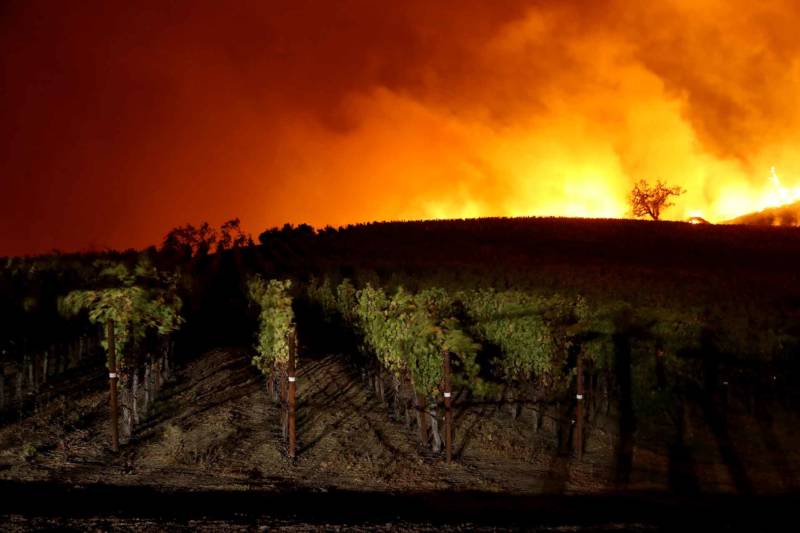In my house, we keep a basket of face masks near our front door. We’ve kept them there since 2017, when the Tubbs Fire blazed through my city of Santa Rosa, and since 2018, when the Camp Fire rained ash down on us. Both times, the air in town was thick with smoke.
Just yesterday, I looked at the face masks near the front door, and thought, hopefully, “Maybe we can put those away.”
You probably already know what happened next: late in the night, the Kincade Fire broke out on Geyser Peak in Sonoma County, and spread rapidly from 100 acres, to 300 acres, to 10,000 acres. And, if you’re like me, you were glued to your phone, following reports from the area, distressed and unable to sleep.


